Read time: 4 minutes



The renewable energy curve is moving in the right direction. 2022 saw a record $0.5 trillion investment, contributing to an additional 295GW of renewable energy – the largest increase ever. But while we are blessed with limitless renewable energy sources such as sunlight, wind, and water, inevitably some places are better suited than others to tap into each of these resources.
So, as we strive towards Net Zero Emissions, energy companies must recognise the importance of having a mix of renewable energies and look closely at where in the world they should invest to get the most out of the planet’s plentiful sources of renewable energy.
Energy companies must look closely at where in the world they should invest to get the most out of the planet’s plentiful sources…

One of the fastest growing renewables is solar PV. When sunlight hits the solar panel, a semiconductor absorbs the photons and knocks electrons free from their atoms, channeling them into an electric current. The more sunlight that is absorbed the more electricity is produced.
This makes solar PV best suited to sites with long hours of sunshine, high solar irradiance, and little cloud, pollution, or shade. Deserts are ideal, with countries such as Chile, Bolivia, Namibia, and Egypt perfect for large-scale installations.

Generating enough electricity to power 6,000 homes and offset 14,000 tonnes of CO₂ the Siwa plant plays to the region’s natural strengths
Egypt’s first utility-scale solar PV plant at Siwa
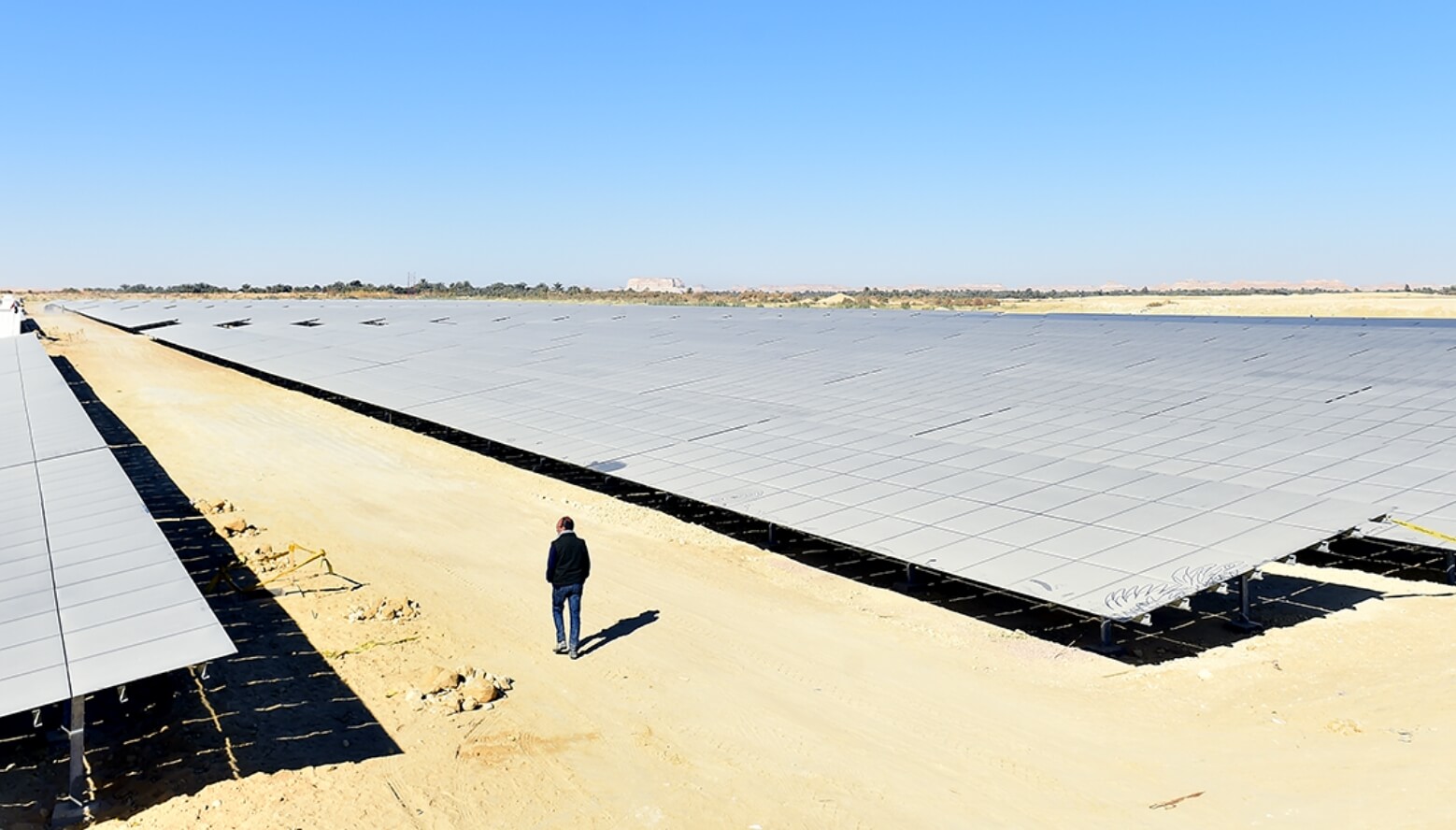
In 2015, the UAE’s global renewable energy operator Masdar built Egypt’s first utility-scale solar PV plant at Siwa. Generating enough electricity to power 6,000 homes and offset 14,000 tonnes of CO₂, the Siwa plant plays to the region’s natural strengths: plentiful land and uninterrupted sunshine.

But when the sun sets, the importance of a renewable energy mix becomes obvious. Wind will blow by day or night, and wind farms harness this kinetic energy to turn huge blades connected to a drive shaft and gears that can increase 16RPM to 1,600RPM - enough to drive a generator.
Strong wind speeds and consistent wind direction are essential, making open plains and mountain passes good locations on land. But these qualities are even more prevalent at sea, enabling offshore wind farms to operate more efficiently and generate even more electricity.
When the sun sets, the importance of a renewable energy mix becomes obvious. Wind will blow by day or night.



With most countries having suitable coastlines, offshore wind has tremendous potential and installed capacity grew 18-fold to over 55GW in 2022. Among the world’s largest investors are China, India, and the UK, where Masdar’s London Array delivers 630MW to power nearly 500,000 homes.

Masdar London Array
Masdar’s London Array delivers 630MW to power nearly 500,000 homes
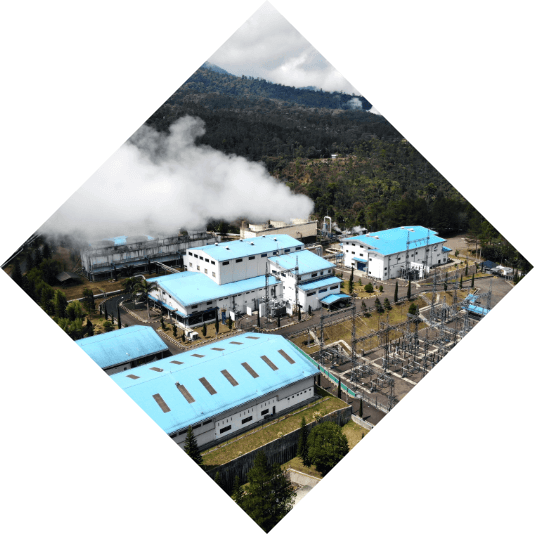
Some countries can access even more reliable and powerful natural sources – the phenomenal heat of the Earth’s inner core. Geothermal energy drills a mile or more into the Earth to tap into reservoirs of hot water to drive steam turbines.
Because geothermal needs easy access to the Earth’s inner workings, it is clustered around areas of tectonic activity. While electricity from geothermal has grown at a modest 3.5% each year, its continued growth is driven by predictability, low running costs, and technological improvements that are making it more deployable everywhere.
Predictability
Low running costs
technological improvements
Indonesia, the world’s second largest geothermal market, has around 2,100MW of installed capacity, but this is just 10% of its potential. Masdar is working to add a further 600MW before 2028.
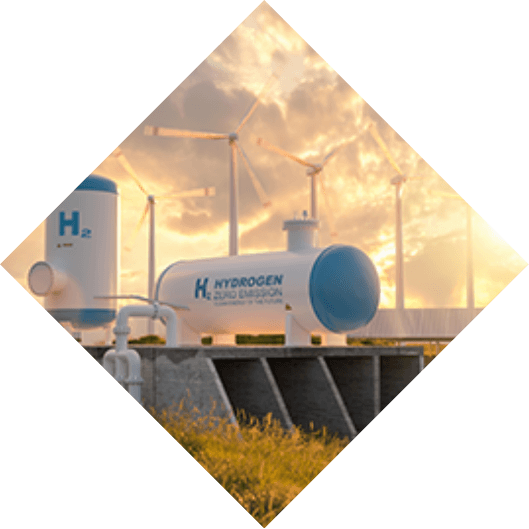
As electricity networks prioritise the renewables that are most accessible to them, Long Duration Energy Storage (LDES) solutions can help them overcome their limitations. Deployed at scale, LDES in the form of batteries, pumped hydro, and compressed air, store the renewably generated energy until it is needed – delivering solar energy when the sun isn’t shining. This fills the crucial gap between intermittent generation and continual demand.
Another promising option is green hydrogen. Touted as the fuel of the future
Another promising option is green hydrogen. Touted as the fuel of the future, hydrogen is extracted from water by electrolysis powered with renewable electricity wherever in the world it is located. The hydrogen produced is easily transported to wherever it is needed to power everything from homes to industry to transport systems.
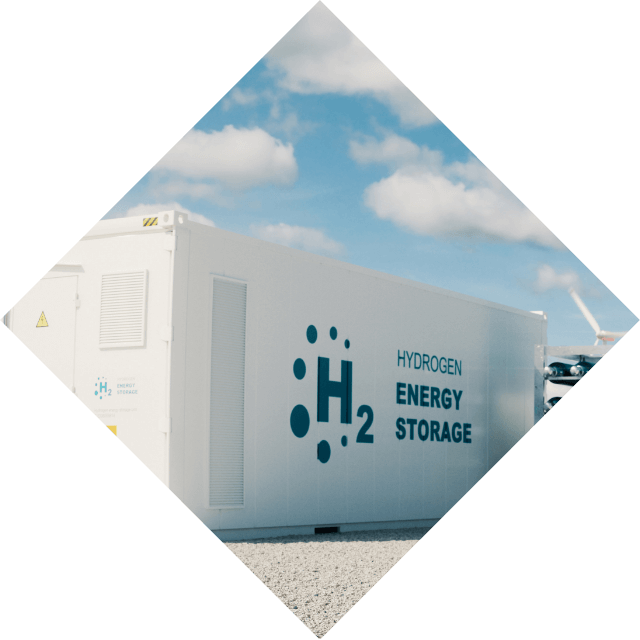
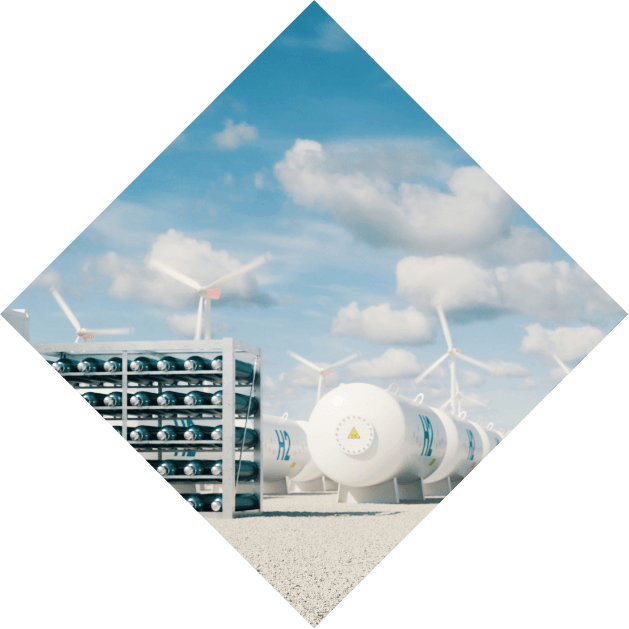
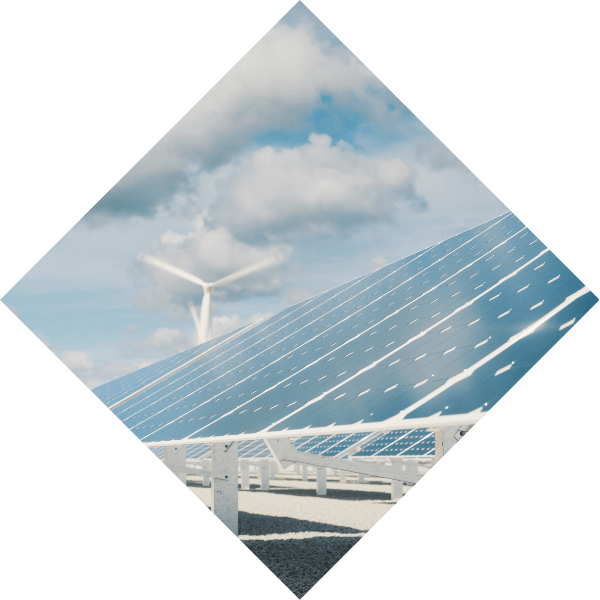
The global green hydrogen market is already worth $4 billion and is projected to grow at nearly 55% CAGR to reach $332 billion within ten years. Masdar, operating across the renewable sector, began investing in green hydrogen in 2008 and believes that Africa alone could meet 10% of global demand by 2050 – with its own projects delivering around half-a-million tonnes of green hydrogen a year.
Masdar began investing in green hydrogen in 2008 and believes that Africa alone could meet 10% of global demand by 2050
According to IRENA, despite record investment, the finance of renewable energy remains too little and too focused on a few solutions in a small number of relatively developed regions. Companies like Masdar, based in Abu Dhabi but operating across the world, are helping to broaden the mix and develop new technologies with substantial investment, enabling truly global access to renewable energy that is the key to meeting the world’s crucial climate change goals.






